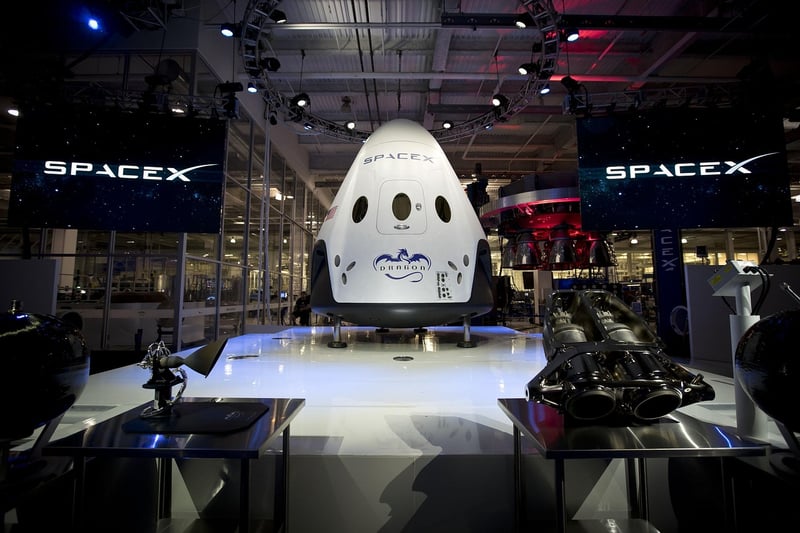Spacecraft Design
The Future of Space Exploration: Cutting-Edge Space Technology and Spacecraft Design
Space exploration has always been at the forefront of technological advancement, pushing the boundaries of human understanding and capability. In recent years, the development of cutting-edge space technology and innovative spacecraft design has revolutionized how we explore the cosmos.
Advancements in Space Technology
From reusable rockets to advanced propulsion systems, space technology has been rapidly evolving to make space travel more efficient, cost-effective, and sustainable. Companies like SpaceX and Blue Origin have been leading the way in developing reusable rocket technology, which significantly reduces the cost of launching payloads into space.
Electric Propulsion Systems
Electric propulsion systems, such as ion thrusters, are being increasingly used in spacecraft for long-duration missions. These systems are more fuel-efficient than traditional chemical propulsion systems, making them ideal for deep space exploration missions to asteroids, Mars, and beyond.
Autonomous Spacecraft
Advancements in artificial intelligence and autonomous systems have enabled spacecraft to make decisions on their own without constant human intervention. This autonomy is crucial for missions that require real-time decision-making, such as robotic exploration of planetary surfaces.
Innovative Spacecraft Design
Spacecraft design has also seen significant advancements in recent years, with a focus on maximizing efficiency, durability, and versatility. One of the key trends in spacecraft design is the use of additive manufacturing, or 3D printing, to create complex and lightweight structures that were previously impossible to build using traditional manufacturing methods.
Swarm Robotics
Swarm robotics involves the use of multiple small, interconnected robots working together to achieve a common goal. This approach has been applied to spacecraft design, where swarms of small robots can collaborate to assemble large structures in space, such as solar arrays or antennas.
Aerodynamic Re-Entry Systems
Traditional spacecraft re-entry systems rely on heat shields to protect the vehicle from the intense heat of re-entry into Earth's atmosphere. New aerodynamic re-entry systems, such as the SpaceX Dragon capsule, use a combination of heat shields and aerodynamic design to safely return to Earth, reducing costs and increasing reusability.
The Future of Space Exploration
As we look to the future, the combination of cutting-edge space technology and innovative spacecraft design holds immense potential for expanding our presence in space. Whether it's exploring Mars, mining asteroids, or establishing a sustainable presence on the Moon, the possibilities are limitless with the advancements we are making in space technology and spacecraft design.
Stay tuned for more exciting developments as we continue to push the boundaries of space exploration with groundbreaking technology and design!


